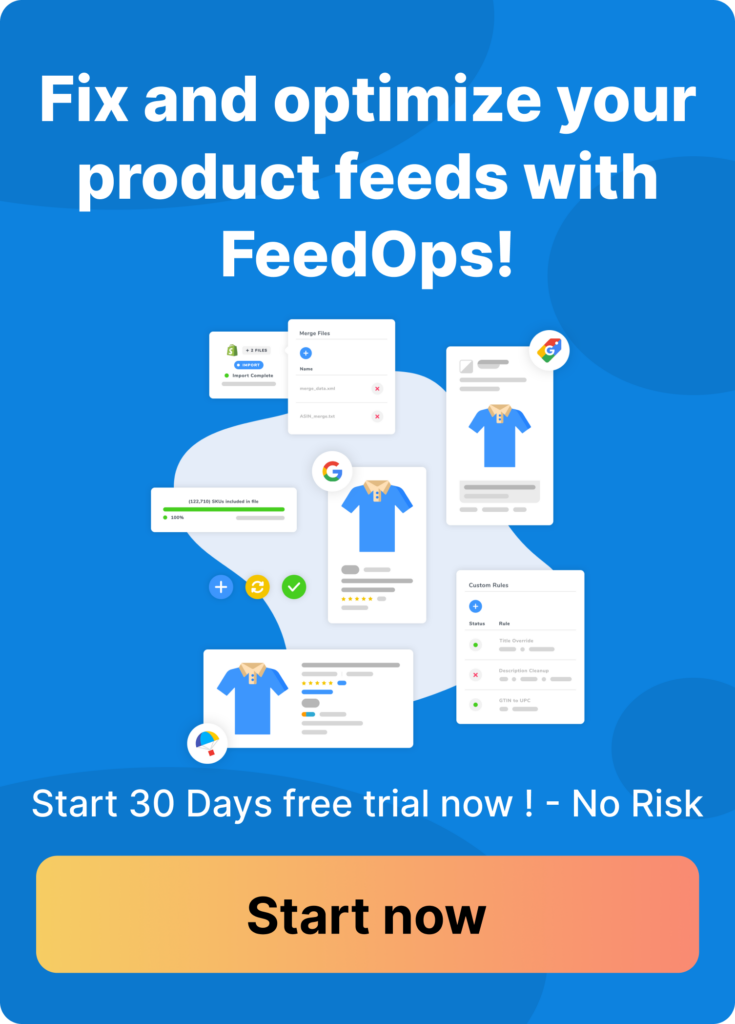Sales vs. Advertising in E-commerce: How I Got it Wrong!
About twenty years ago, I attended a marketing conference that highlighted the battle between sales vs. advertising in e-commerce. A senior executive, speaking with confidence, presented a beautifully designed slide and declared, ‘Half of my advertising is wasted. The problem is, I don’t know which half.
At that time, I was a confident digital marketer. During a break, I approached him and said, “I know exactly which half is wasted because I’m in digital.” Little did I know how wrong I was.
It wasn’t until a decade later, after managing countless campaigns for my e-commerce clients, that I realized the truth. What I was doing wasn’t really advertising—it was selling. And in e-commerce, the distinction between sales and advertising is critical.
The E-commerce Conundrum: Selling or Advertising?
Running an e-commerce business requires a clear understanding of where your marketing efforts are focused. Are you driving direct sales, or are you working to build brand awareness? Early in my career, I often confused the two. I ran campaigns thinking they were for brand-building, but in reality, they were focused on immediate sales.
Want to dive deeper into the difference between sales and advertising? Check out this video from my Learning Hub, Masterclass series, where I explain the key distinctions and why they matter for e-commerce success.
The turning point came during a discussion with my fractional CFO, a detail-oriented numbers guy. He pointed out that the campaigns I was running weren’t advertising at all. “Look at the data,” he said. “You’re spending X dollars and getting Y back. This isn’t advertising—it’s selling.” It was a lightbulb moment for me: in e-commerce, especially when budgets are tight, it’s essential to know whether you’re aiming for quick sales or long-term brand growth.
The Transactional Nature of E-commerce Sales
In e-commerce, the sales process is transactional by nature. Tools like Google Shopping, dynamic remarketing, and paid search campaigns are designed to drive conversions. With these tools, you can track every click and purchase, understanding exactly how your spend translates into sales. This clarity is what makes e-commerce so appealing to marketers focused on customer acquisition and driving immediate revenue.
But it’s important to remember that these efforts—while crucial—aren’t the same as traditional advertising. They’re part of a larger sales strategy, designed to push products into customers’ hands, rather than build long-term brand recognition.
I learned this the hard way. When I ran a sales team to acquire clients for my media agency, we focused heavily on closing deals. While these clients stayed with me for years, the acquisition cost was high, and it became clear that focusing solely on sales could jeopardize long-term growth.
Google Performance Max: Blurring the Lines Between Sales and Advertising

The launch of Google’s Performance Max (PMax) has made it even harder to distinguish between sales and advertising. PMax optimizes campaigns across multiple channels—Google Shopping, search, display, and more—making it a powerful tool for e-commerce businesses.
But there’s a catch. While PMax drives immediate sales through platforms like Google Shopping, it also ventures into brand-building territory through predictive audiences and awareness campaigns. Take dynamic remarketing, for example: it reminds potential customers to complete a purchase, pushing them to convert. But PMax also uses the same data to target new, potential customers—an approach that’s more in line with traditional advertising.
For e-commerce brands, this duality can be both exciting and challenging. Are you focusing on closing sales today, or are you laying the groundwork for future growth?
Finding the Balance: Sales and Advertising for E-commerce Success
If you own an e-commerce brand, understanding the difference between sales and advertising is crucial to your strategy. If your primary goal is driving immediate revenue, tools like Google Shopping and dynamic remarketing will help you convert browsers into buyers. These are essential for closing deals and generating quick wins.
However, if your focus is on long-term growth, traditional advertising strategies are key. This includes building brand awareness, generating demand, and positioning your brand as a leader in your market. While these efforts won’t pay off immediately, they will set the stage for future success.
Before launching your next e-commerce campaign, take a step back and ask yourself: “Am I focused on selling, or am I building my brand?” This distinction will guide your strategy and help you choose the right tools for the job. Understanding the difference between sales and advertising ensures you maximize the return on every dollar spent.
Conclusion: Clarity Drives Success in E-commerce
In today’s fast-paced e-commerce world, knowing whether you’re selling or advertising makes all the difference. Tools like Google Shopping and remarketing drive quick results, but if you want to build a brand that endures, you need a broader approach.
As tools like PMax blur the lines between sales and advertising, it’s essential to keep your goals clear. Separate your sales and advertising efforts, track them differently, and understand how each contributes to your overall growth strategy.
Whether you’re chasing short-term sales or building a brand for the future, success in e-commerce depends on knowing exactly what you’re measuring and why.



